Introduction to Valves
Part of bundle BUN700
Self-paced Course
18 modules
by saVRee
SPC701
Format:
On-demand
Part of the bundle Industrial Equipment I
This course can only be purchased as part of bundle BUN700
Course Objective
"To give professionals working with piping systems a strong fundamental understanding of valve types and their use."
Learn from home
100% online training
Video Lectures by Experts
watch multiple times
Available 24/7
1-year unlimited access
PDH Hours qualified course
Read more here
About the course
Self-paced
18 modules
4.5 hrs of videos
English
1-yr access
SPC701
Valves are used in every engineering industry on the planet. When you wash your hands, you open a valve. When you shower, you open a valve. Valves are required any time you want to start, stop, or control flow within a system. But have you ever wondered...
Why do we need so many different valve types?
What kind of valve is correct for x,y,z application?
What are the pros and cons of each valve type?
How exactly do different valves function?
This engineering course will help you answer all these questions and many more!
The course is designed to take you from zero to hero concerning valve knowledge. Even if you already have some background knowledge, this course will serve as an efficient refresher. Whatever your level of understanding, or engineering background (oil & gas, mechanical engineering, HVAC, chemical engineering, power engineering, etc.), this course will provide you with a strong understanding of different valve types and their details.
Meet your instructors
Program & Details
Welcome to the course
Your instructor
How to use this course
Personal Certificate requirements
Short Introduction to Valves
How Do Valves Get Their Names
Introduction to Valve Types
Purpose of a Valve and Construction
Rotary and Linear Motion Valves
Valve Construction and Components
Pressure Drop
Response Time
Length of Travel
Ball
Butterfly
Diaphragm
Gate
Globe
Pinch
Plug
Basic Course Final Thoughts
Welcome To Part 2
Body
Bonnet
Trim
Disc and Seat
Stem
Actuator
Packing
Valve Functions and Basic Parts Summary
Introduction to Valve Actuators
Valve Actuator
Manual, Fixed, and Hammer Actuators
Handwheels Fixed to Stem
Hammer Handwheel
Gears
Electric Motor Actuators
Pneumatic Actuators
Hydraulic Actuators
Self - Actuated Valves
Solenoid Actuated Valves
Speed of Power Actuators
Valve Position Indication
Valve Actuators Summary
Gate Valves
Gate Valve Disk Design
Solid Wedge
Flexible Wedge
Split Wedge
Parallel Wedge
Gate Valve Stem Design
Gate Valve Seat Design
Globe Valves
Globe Valve Body Designs
Z-Body Design
Y-Body Design
Angle Valve Design
Globe Valve Discs
Ball Disc
Composition Disc
Plug Disc
Globe Valve Disc and Stem Connections
Globe Valve Seats
Globe Valve Direction of Flow
Ball Valves
Ball Valve Advantages
Ball Valve Disadvantages
Ball Valve Port Patterns
Ball Valve Materials
Ball Valve Stem Design
Ball Valve Bonnet Design
Ball Valve Position
Plug Valves
Plug Ports
Multiport Plug Valves
Plug Valve Disks
Diamond Port Plug
Lubricated Plug Valve Design
Non-Lubricated Plugs
Manually Operated Plug Valve Installation
Plug Valve Glands
Diaphragm Valves
Diaphragm Construction
Diaphragm Valve Stem Assemblies
Diaphragm Valve Bonnet Assemblies
Reducing Valves
Pinch Valves
Pinch Valve Bodies
Butterfly Valves
Butterfly Valve Seat Construction
Butterfly Valve Body Construction
Butterfly Valve Disk and Stem Assemblies
Needle Valves
Needle Valve Applications
Needle Valve Body Designs
Check Valves
Swing Check Valves
Relief and Safety Valves
Pilot - Operated Relief Valves
Types of Valves Summary
Final Thoughts Introduction to Valves
Congratulations
Course evaluation survey
Your Personal Certificate
Rate this course
Related resources & follow up
Results
After this course, you will be able to...
Identify and name valve components,
Identify common valve types,
Identify common valve actuators,
Know the characteristics and applications for different valve types,
Chose a suitable valve for any application.
And much much more!
Who should attend this course
This course is designed for Piping Designers, Pipe Stress Engineers, Mechanical Engineers, Process Engineers, or Maintenance Engineers with 0-3 yrs of experience.
This course is beneficial for anyone in the oil & gas, HVAC, chemical engineering, mechanical engineering, or power engineering industries.
Prerequisites:
Lessons are explained in depth to allow students to build their knowledge from the ground up.
Experience in an engineering field such as oil and gas, chemical engineering, power engineering, mechanical engineering etc. is beneficial, but not required.
Level: Foundation
Access to the course.
After your purchase is confirmed you receive an account to the EngineeringTrainer online learning portal, where you find the course in your dashboard. After opening the course you will be guided step-by-step through the different modules. You receive 1-year unlimited access to the course. This allows you to perform modules again if this is beneficial for your work projects.
The course is mainly based on video content: video lectures and interactve 3D model video demonstrations. The course is packed with 2D images, 2D animations and 3D animations. Interactive 3D models are used extensively to show you exactly how valves and their components work. English subtitles are available and videos can be viewed as many times as desired. The video lectures help you to grasp the important technical concepts.
This course is self-paced and is not subject to specific dates. The course contains 18 modules with a total of 4.5 hours of content which can be performed at your own pace. A Personal Certificate will be provided to you if you finish the course within the first month after starting. This incentive will motivate you to perform the course quickly thereby improving your learning curve.
You receive 1-year unlimited access to all 18 modules. This allows you to perform modules again whenever you want to refresh knowledge for your daily work projects.
A personal digital certificate will be made available to participants based on the following requirement:
finish the course within the first month after starting. This incentive will motivate you to perform the course quickly thereby improving your learning curve.
Example Certificate:
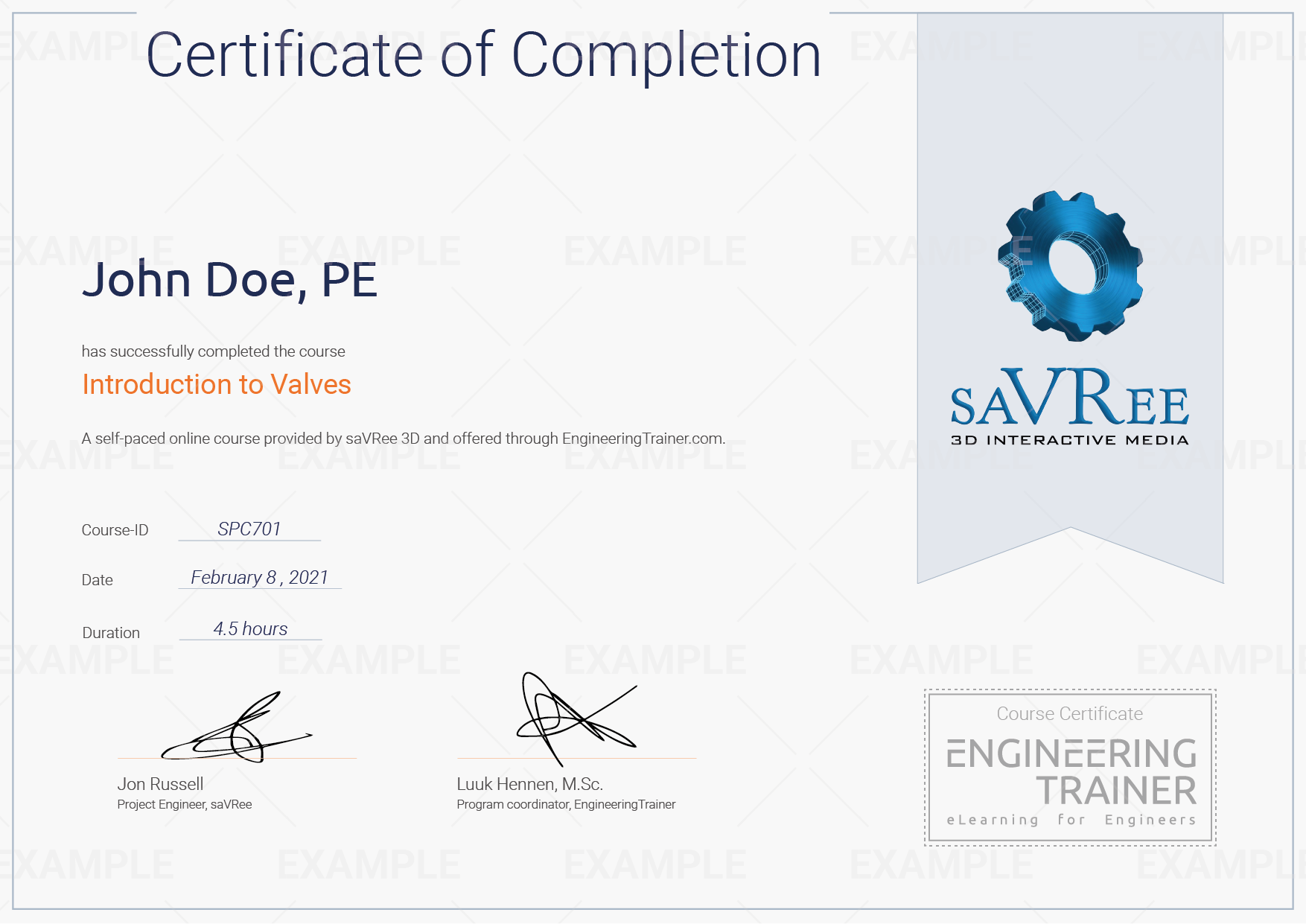
FAQ
Video lectures
Video demonstrations
2D images, 2D animations and 3D animations
3D model video demonstrations
The majority of training material are videos. These are not available for download, but can be accessed directly with your account on the portal.
You receive 1-year unlimited access to the course. This allows you to watch content again if this is beneficial for your work projects.
We encourage participants to submit feedback and questions. These form the basis for new, future videos that will be added to the online course, but they will not be answered to the student directly.
Participants receive 1-year unlimited access to the course including new videos that are added during this year. Participants receive an email notification upon addition of new course videos.
No technical software is used in this course.
Yes, this course qualifies for PDH hours as per the NCEES CPC Guidelines.
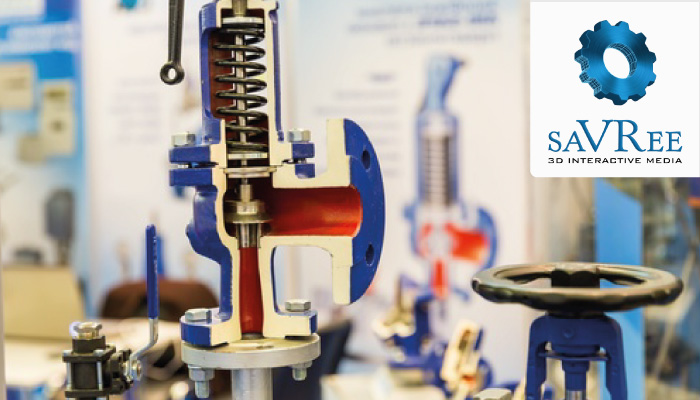
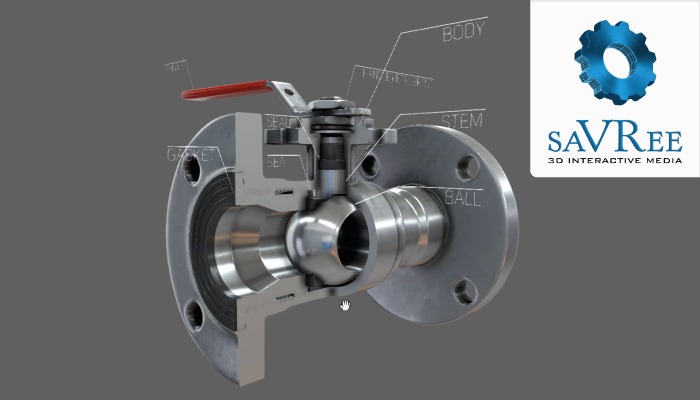
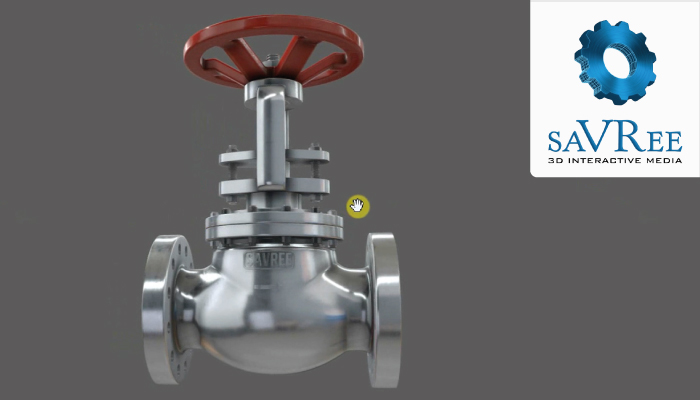
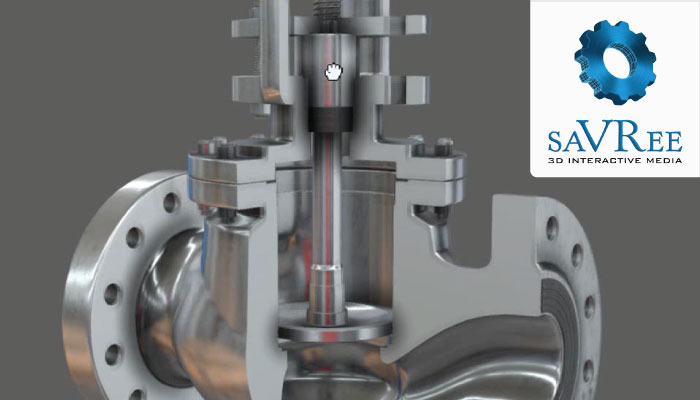








![[SPC703] Introduction to Centrifugal Pumps](/web/image/203700/SPC703-course-image.minAI-%28379x216%29-logo-v1.jpg?access_token=25dc0bd5-11a0-40cd-8c24-bad00c52bff8)
![[SPC704] Introduction to Steam, Boilers and Thermodynamics](/web/image/203707/SPC704-course-image.minAI-%28700x400%29-logo-v1.jpg?access_token=0ce6547e-91e3-477f-8f96-863d92522915)
![[SPC705] Introduction to Cooling Towers](/web/image/203708/SPC705-course-image.minAI-%28379x216%29-logo-v1.jpg?access_token=146f3d34-ecab-4341-ba2b-05459e3832e3)
![[SPC708] Piping Flange Fundamentals](/web/image/203709/SPC708-course-image.minAI-%28379x216%29-logo-v1.jpg?access_token=7783005b-001a-454b-b55a-a1c95a087734)
